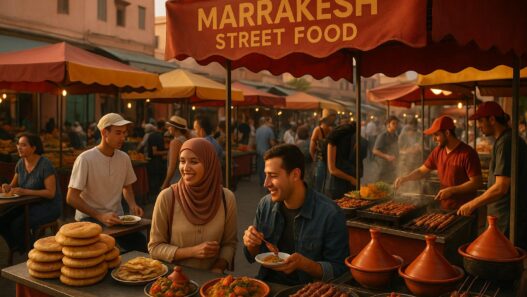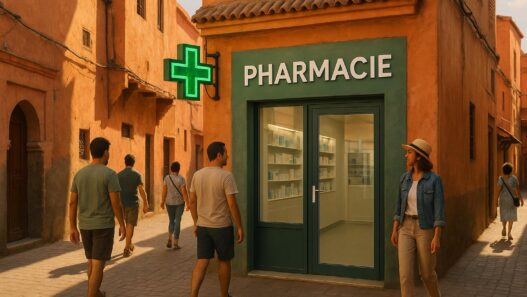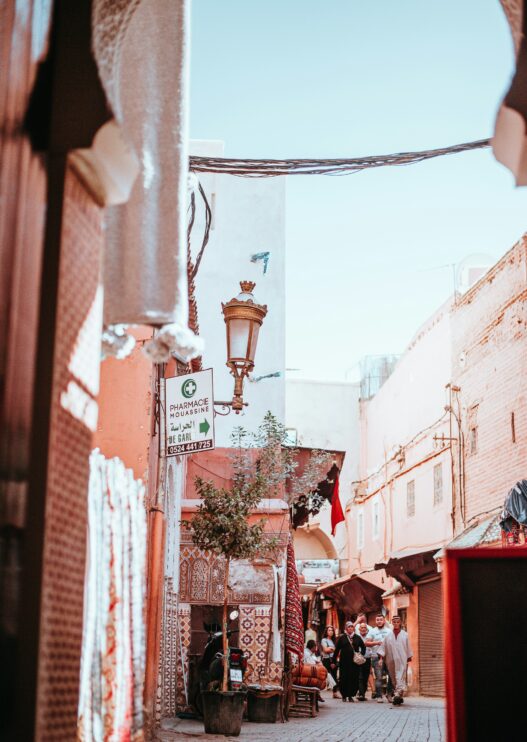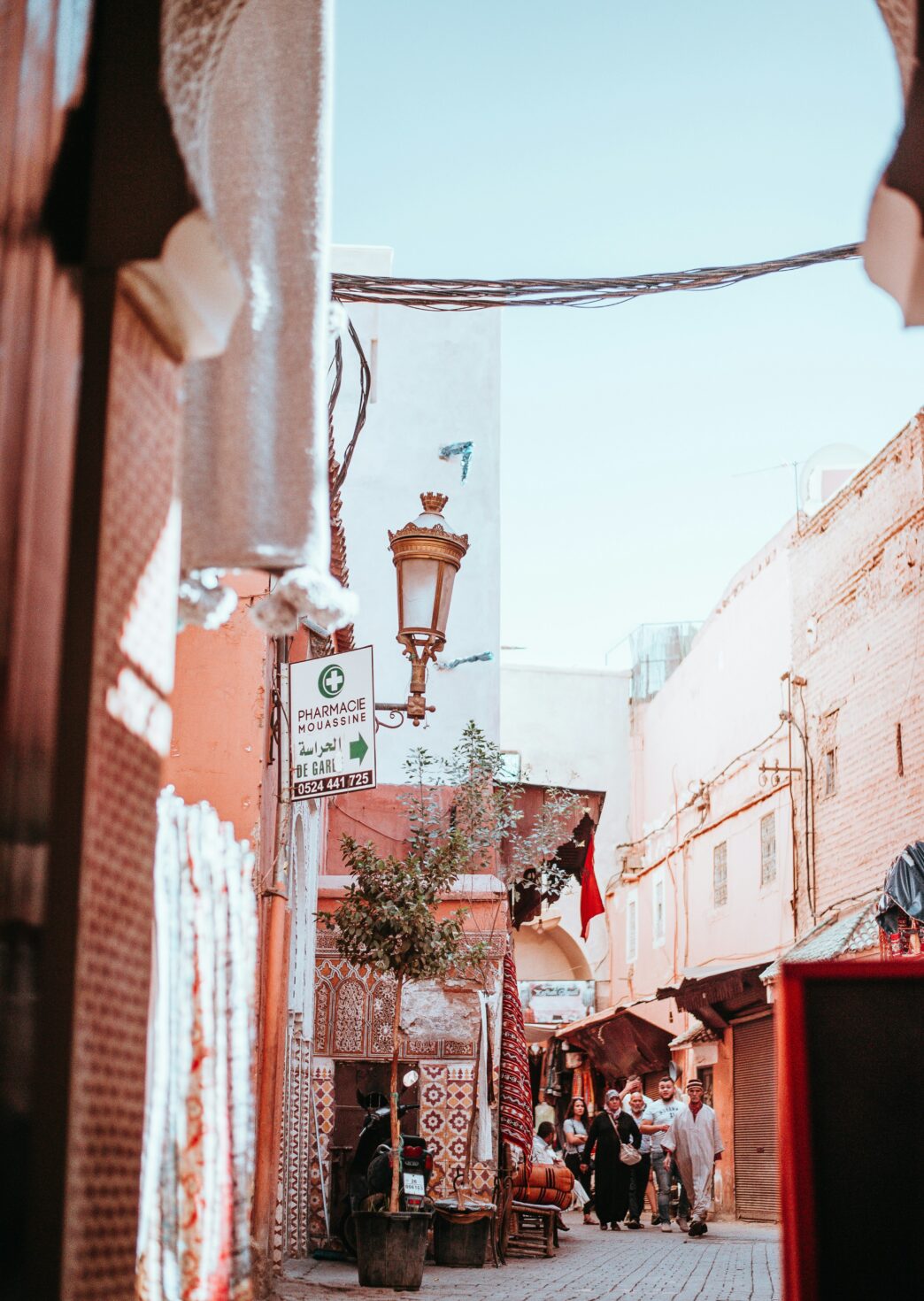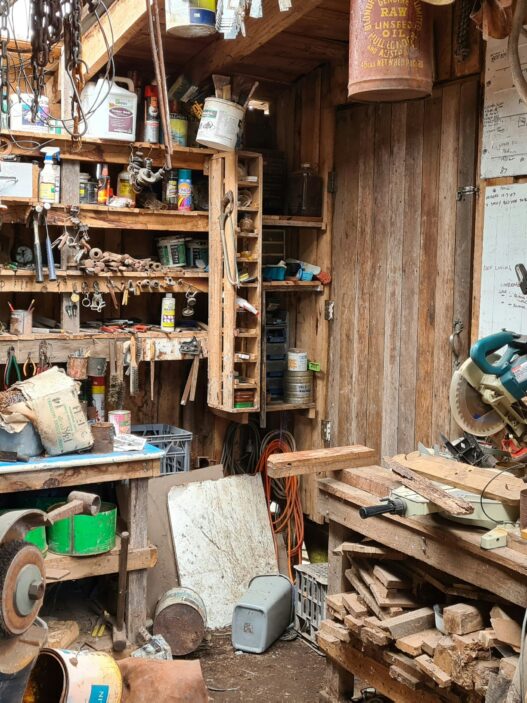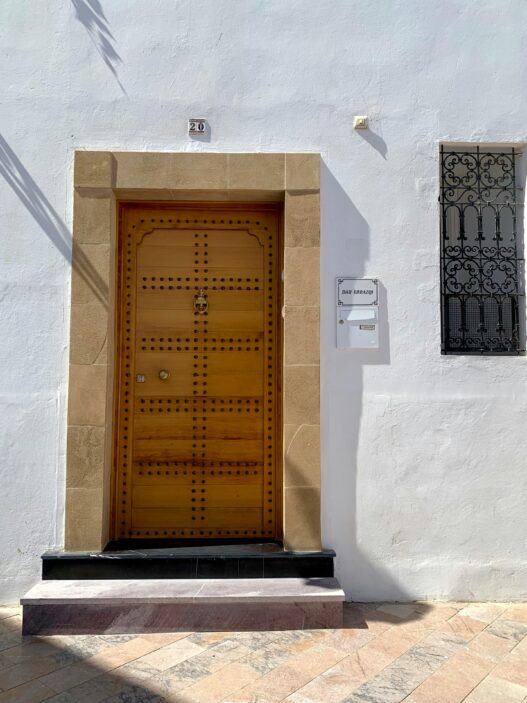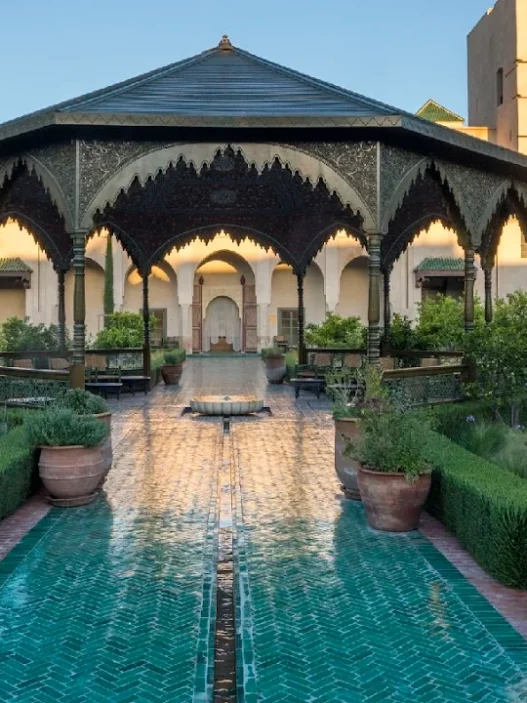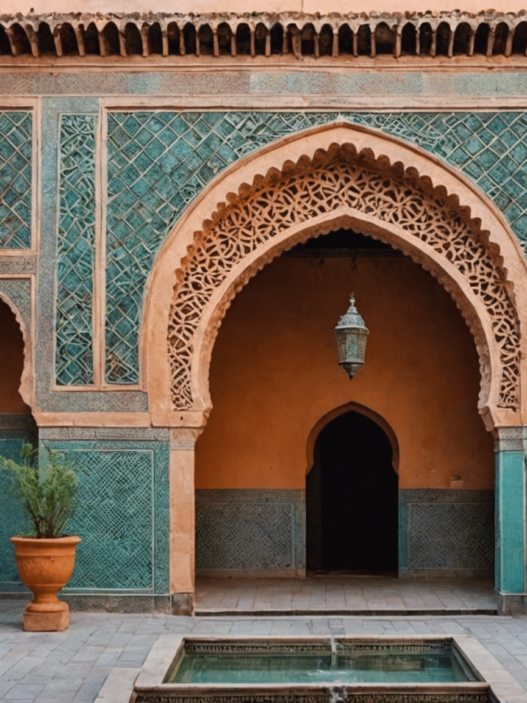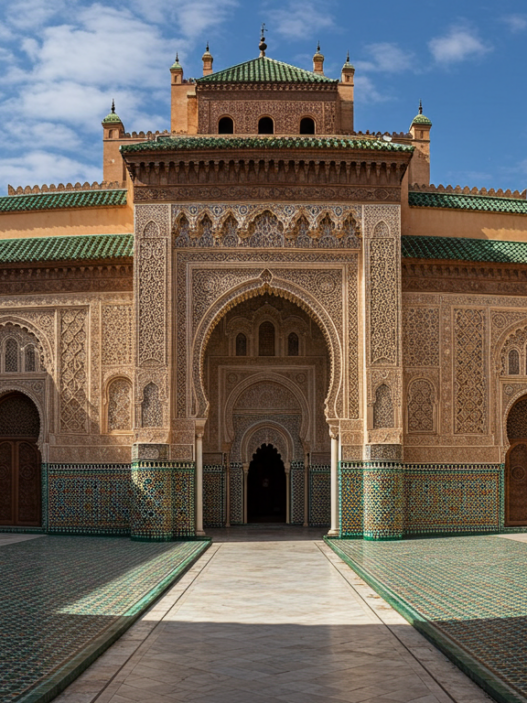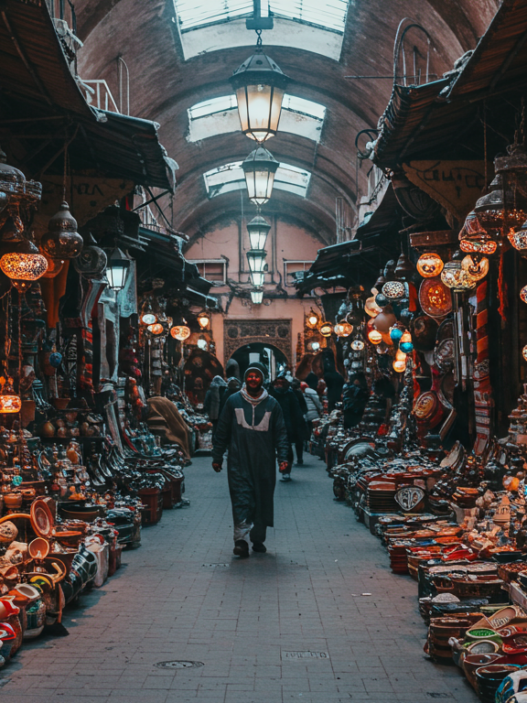Marrakesh, the enchanting “Red City” of Morocco, is steeped in history and royal opulence. The city’s palaces are a testament to its rich cultural heritage and architectural splendor. These majestic structures, adorned with intricate mosaics, lush gardens, and grand courtyards, tell stories of dynastic power, artistic mastery, and a love for beauty. Join us as we embark on a journey through Marrakesh’s palaces, where history comes alive with every arch and tile.
1. Bahia Palace: A Gem of Moroccan Craftsmanship
The Bahia Palace, built in the late 19th century, is a masterpiece of Moroccan architecture. Designed by Si Moussa, the grand vizier of Sultan Hassan I, the palace was intended to be a symbol of opulence and artistic grandeur. The word “Bahia” means “brilliance,” and the palace lives up to its name with ornate ceilings, colorful zellige (tilework), and peaceful courtyards.
- Highlights:
- The central courtyard, surrounded by lush orange trees and marble fountains.
- Stunning cedarwood ceilings and stucco carvings that showcase Moroccan artisanship.
- Visitor Tip: Arrive early in the morning to avoid crowds and enjoy the serene atmosphere.
2. El Badi Palace: The Splendor of the Saadian Dynasty
Once considered one of the most magnificent palaces in the world, El Badi Palace now stands as an evocative ruin. Built by Sultan Ahmad al-Mansur in the late 16th century, it was designed to celebrate Morocco’s victory over the Portuguese at the Battle of the Three Kings. The palace was adorned with Italian marble, Sudanese gold, and intricate tilework, making it a symbol of the Saadian dynasty’s power and wealth.
- Highlights:
- The vast sunken gardens and reflecting pools.
- Panoramic views from the terrace, offering glimpses of the Koutoubia Mosque and the Atlas Mountains.
- Visitor Tip: Explore during sunset for dramatic lighting and a breathtaking view of the city.
3. Dar el Bacha: A Palace of Power and Elegance
Dar el Bacha, which means “House of the Pasha,” was the residence of Thami El Glaoui, the powerful Pasha of Marrakesh during the early 20th century. Restored to its former glory, the palace now houses the Museum of Confluences, which celebrates Morocco’s diverse cultural influences.
- Highlights:
- Intricate zellige, marble columns, and stunning fountains.
- The tranquil central courtyard with lush greenery and ornate decor.
- The museum’s exhibitions showcasing Moroccan history and global cultural exchanges.
- Visitor Tip: Enjoy a cup of traditional Moroccan tea at the palace’s charming café.
4. Royal Palace of Marrakesh: A Historical Seat of Power
The Royal Palace of Marrakesh, also known as Dar el-Makhzen, has been a royal residence since the Almohad dynasty in the 12th century. While the palace itself is not open to the public, its significance in Moroccan history is undeniable. Visitors can admire the imposing walls and surrounding gardens.
- Highlights:
- The Agdal Gardens, a UNESCO World Heritage Site, are located nearby and offer a serene retreat.
- The palace’s architectural influence on surrounding structures in the Medina.
- Visitor Tip: Combine your visit with a trip to the nearby Saadian Tombs for a complete historical experience.
5. Saadian Tombs: Royal Resting Place
While not a palace in the traditional sense, the Saadian Tombs are closely linked to Marrakesh’s royal history. Rediscovered in 1917, these tombs date back to the 16th century and house the remains of members of the Saadian dynasty, including Sultan Ahmad al-Mansur.
- Highlights:
- The Hall of Twelve Columns, an architectural marvel featuring Italian Carrara marble and intricate carvings.
- Beautiful gardens that create a peaceful atmosphere for reflection.
- Visitor Tip: Visit early to avoid long lines, as this site is a popular tourist attraction.
6. Hidden Gems: Riads Turned Palaces
Many traditional riads (Moroccan homes with interior courtyards) in the Medina were once residences of noble families and have been restored as boutique hotels or museums. These hidden gems offer a glimpse into the grandeur of private palaces.
- Top Recommendations:
- Le Jardin Secret: A historic riad turned into a public garden with stunning architecture and panoramic views.
- Riad Yasmine: A luxurious stay with Instagram-worthy decor and impeccable hospitality.
Tips for Visiting Marrakesh’s Palaces
- Plan Ahead: Research opening hours and ticket prices, as some sites may close for religious holidays or restoration work.
- Hire a Guide: A local guide can provide in-depth historical context and point out architectural details you might otherwise miss.
- Respect the Culture: Dress modestly and adhere to local customs, especially when visiting historic and religious sites.
- Photography: Early mornings and late afternoons offer the best light for capturing the palaces’ intricate details and grand designs.
Conclusion
Marrakesh’s palaces are more than just architectural wonders; they are living testaments to the city’s royal history and cultural richness. From the opulence of Bahia Palace to the evocative ruins of El Badi, each palace offers a unique story that reflects Marrakesh’s past and its enduring legacy. Whether you’re a history buff, an architecture enthusiast, or simply a curious traveler, exploring these royal treasures will deepen your appreciation for the artistry and heritage of this remarkable city.



